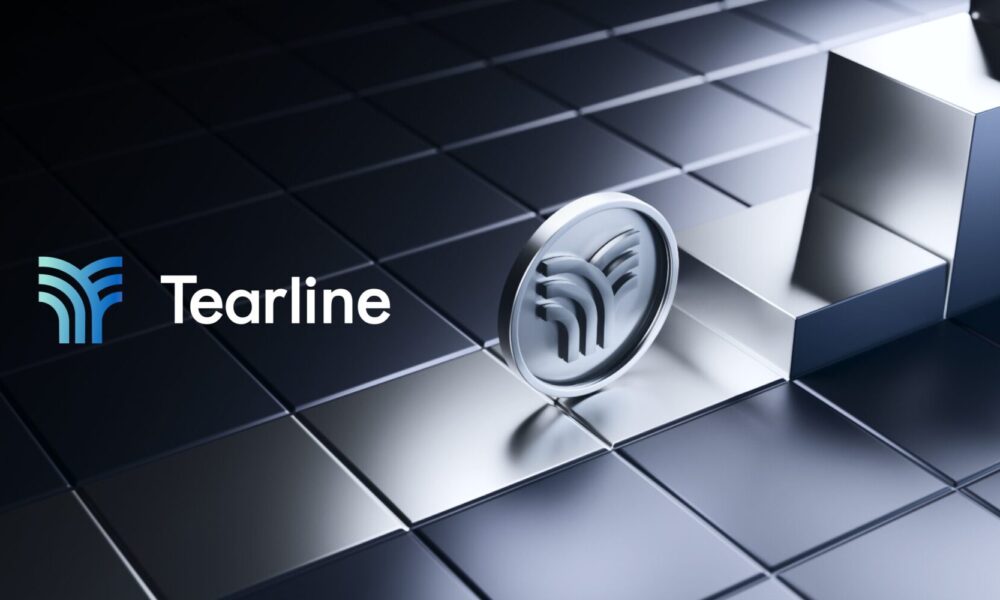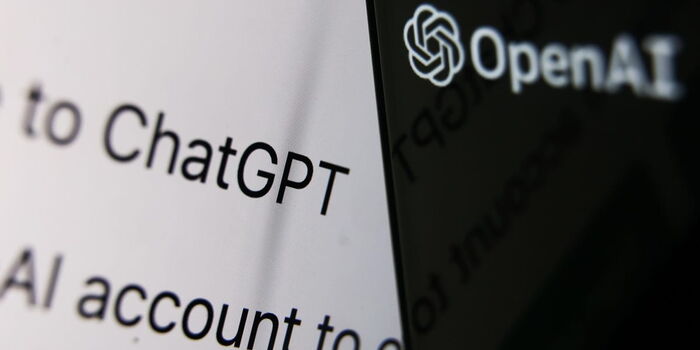The Browser Company Launches AI-First Browser 'Dia' in Beta

The Browser Company, creator of the innovative Arc browser, has introduced its latest product: Dia. This new browser marks a significant departure from Arc's comprehensive rethinking of browser mechanics. While Arc was lauded by enthusiasts for features like side-mounted tabs and advanced organizational tools, its inherent novelty presented a steep learning curve that hindered mass adoption. Dia, in contrast, is engineered with a focus on integrating artificial intelligence into the core browsing experience, aiming for broader accessibility and a more intuitive approach.
The guiding philosophy behind Dia, as articulated by The Browser Company's CEO Josh Miller, is to position artificial intelligence at the very heart of nearly every online activity. This vision reflects an observed shift in user behavior, particularly among younger demographics, where AI tools like ChatGPT are increasingly becoming the first point of interaction for tasks ranging from meal planning and study assistance to seeking advice. Miller notes that many users now instinctively turn to AI before even opening specific applications or performing traditional Google searches.
To foster this AI-centric approach without overwhelming users, Dia adopts a familiar and straightforward interface. It is built on Chromium, the open-source project backing Google Chrome, and features traditional horizontal tabs—a deliberate choice to reduce the 'novelty factor' that characterized Arc. The app is described as being incredibly simple to understand, akin to Chrome but with enhanced design polish and playful animations. The primary interaction point for its AI capabilities is a ChatGPT-like chatbot, typically housed in a right-side sidebar, which can be invoked at any time.
Dia's integrated AI chatbot is its central feature, accessible directly through the omnibox (URL bar). This omnibox is designed to be multi-functional, seamlessly handling website navigation, standard web searches, and complex AI-driven queries. The chatbot can analyze the current webpage, interact with other open tabs, and even delve into browsing history. Its capabilities include answering questions, finding information, compiling data from various sources into a single thread, summarizing files or Slack conversations, and drafting replies or new content based on user prompts and tab contents. Users can also personalize the chatbot's tone of voice, writing style, and coding settings by simply conversing with it.
Dia enhances its AI's effectiveness through deep contextual understanding. An opt-in feature called 'History' allows the browser to use seven days of browsing history to inform its responses. Furthermore, by managing website cookies, Dia can access information from sites where the user is logged in, enriching its data pool. A key innovation is the 'Skills' system, which The Browser Company's CTO Hursh Agrawal describes as a routing mechanism. Instead of building its own large models, Dia leverages existing AI models and builds 'skills' on top of them. These skills are like small, specialized applications—for tasks like shopping or writing—that can have custom UI and memory systems, effectively matching user needs to the right tools and models. Head of product engineering Tara Feener likens this system to an App Store for browser-based AI functionalities.
The Browser Company posits three compelling reasons for building an AI-native browser. Firstly, a browser is uniquely positioned to learn about a user by observing their web interactions—clicks, typing patterns, and content consumed—which is invaluable for delivering profound personalization. Secondly, the URL bar or omnibox is the primary entry point for users to express intent on their computers, making it the ideal place to integrate AI assistance. Dia's omnibox intelligently routes requests to website navigation, search, or its AI. Thirdly, browsers manage cookies, which allows Dia to not just see webpages but also potentially interact with logged-in services on the user's behalf, effectively seeing everything within those sites.
While currently Dia primarily uses cookie access to gather more comprehensive information, the underlying technology could pave the way for AI agents capable of performing tasks like booking meetings or making reservations. The Browser Company experimented with such autonomous features but found users were cautious about the browser operating without explicit control. Consequently, Dia's current iteration emphasizes user agency, though the potential for more autonomous agent-like functionalities remains a future prospect as the technology matures and user comfort evolves.
With such deep access to user data, privacy and security have been paramount in Dia's development from its inception. Hursh Agrawal emphasizes that user data, including browsing history and website content, is stored and encrypted locally on the user's computer. Any data sent to The Browser Company's servers for processing is handled transiently, typically for milliseconds, and then wiped. The team is also working on identifying and carefully handling sensitive data categories, such as health or financial information, with the long-term goal of enabling almost all of Dia's processing to occur locally on the device.
Dia enters a market where AI integration into browsers is becoming increasingly common, with established players like Google Chrome and others like Opera Neon also incorporating AI features. The Browser Company's ambition for Dia extends beyond merely adding a chatbot; they aim for Dia to become an indispensable companion app that deeply understands and assists the user. Josh Miller anticipates that as users build a relationship with Dia, the switching costs to other browsers will become significant, similar to how users stick with music apps that have learned their tastes over time. The goal is for users to love Dia not just for its features, but for how it synergizes with their individual workflows and preferences.
Dia is currently launching in beta, initially available to existing Arc users, with plans for current Dia users to be able to send invites to others. By embedding AI at the very foundation of the browsing experience, Dia represents The Browser Company's strategic bet on a future where artificial intelligence fundamentally reshapes how individuals interact with the internet, making the web browser a more intelligent, personalized, and proactive partner in their digital lives.









